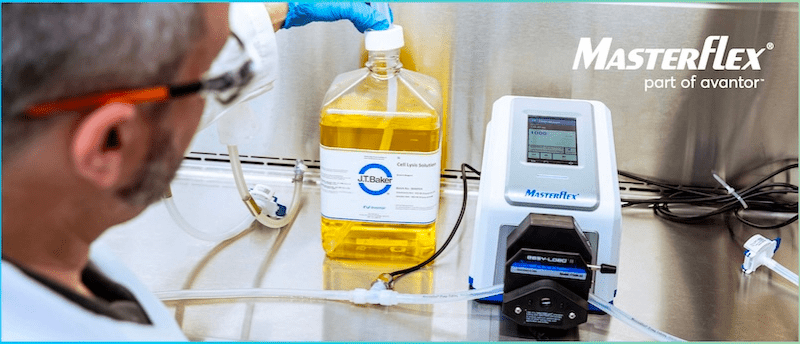Shear-sensitive pumping with peristaltic pumps: gentle on your cells, efficient for your workflow

Download Avantor’s latest resource, which explores how different peristaltic pump configurations impact cell viability, with a focus on comparative studies using red blood cell hemolysis as a shear stress indicator.
In cell culture applications, maintaining optimal conditions is essential to ensure cell viability, accurate results and successful outcomes – especially in research and biomanufacturing processes where cell behavior directly impacts product yield and quality. One of the most critical, yet often underestimated variables, is shear stress. While controlled shear stress can be useful in simulating physiological conditions, unintended shear forces – especially during fluid handling – can cause significant cell damage, alter gene expression and reduce the effectiveness of experiments or production workflows.
A major contributor to shear stress is the type of pump used for transferring fluids such as media, nutrients or cell suspensions. In this context, peristaltic pumps have emerged as the preferred option for shear-sensitive applications due to their gentle pumping action. Unlike other pump types that may use high-speed impellers or tightly meshed gears, peristaltic pumps move fluids via flexible tubing compressed by rotating rollers, delivering smooth, controlled flow with minimal turbulence.
However, not all peristaltic pumps are created equal. Key factors – including motor speed, tubing occlusion and roller geometry – can significantly influence the level of shear stress imparted to cells. This article explores how different peristaltic pump configurations impact cell viability, with a focus on comparative studies using red blood cell hemolysis as a shear stress indicator. By understanding and optimizing these pump parameters, researchers and bioprocess engineers can better protect cell integrity while maintaining process efficiency.
Check out the following links for more information:
This content was provided by Avantor.
In association with
